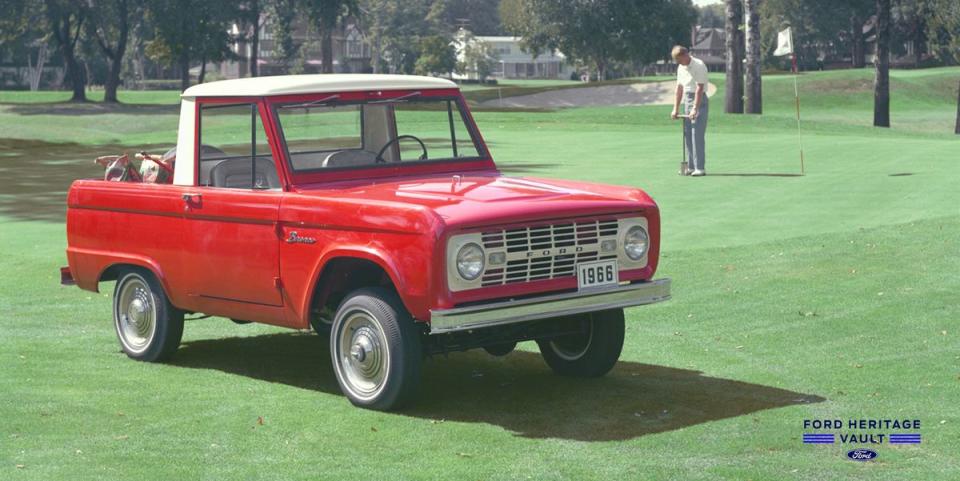The Ford Heritage Vault Takes You Deep into Automotive History

The Ford Heritage Vault makes some of the automaker's archival information available to the public.
The Vault spans from 1903 to 2003 and covers brochures, images, and other records.
The Ford Heritage Vault is available for free and will offer more content as the website continues to develop.
After over 100 years in business, you’d be right to assume Ford’s historical archive is dense. But the scope of what Ford had stored away in its Dearborn archives is largely unknown because the company hasn’t really leveraged its historical documents. Instead, the company has looked at just preserving its history and moving forward. Well, thanks to the hard work of a small army of Ford employees, retirees, and Wayne State University students: you can appreciate it, too.
Ford digitized over 5,000 documents spanning 100 years of its operation. Available on the searchable Ford Heritage Vault website, these documents range from car images to relatively obscure optional equipment brochures. Say, if you wanted to see the brochure for your rare accessory steering wheel, a few keystrokes into the search bar on the Ford Heritage Vault site will produce the entire brochure for your reading pleasure.
You might expect the folks at Ford to throw this behind some obscene subscription service, or lock documents behind a paywall—this work wasn’t free, after all. Well, there’s even better news: It might be hard to imagine, but all of these documents, and the website that hosts them, are available free of charge. That means you can thumb through (and download) a digital copy of your 1969 Ford Mustang 429 Boss’s original sales brochure.

 Yahoo Autos
Yahoo Autos 